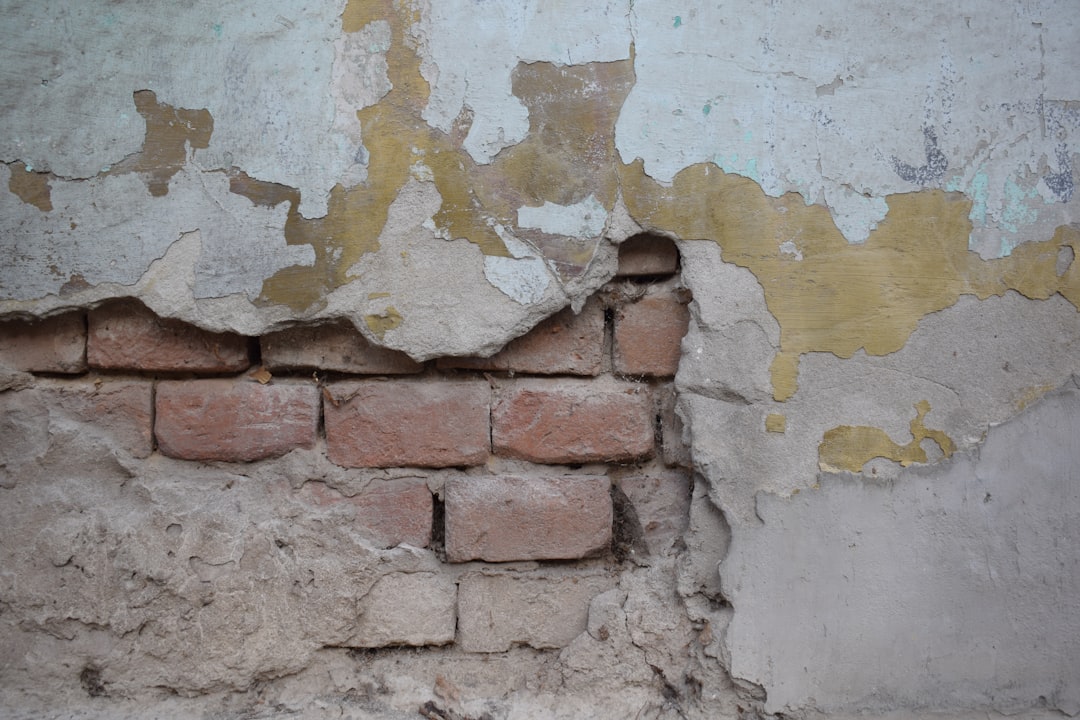The Real Cost to Remove an Interior Wall
Understanding the cost to remove an interior wall is crucial for construction professionals aiming to optimize project budgets. The cost can vary significantly based on factors such as structural role, materials, and labor. For example, removing a non-load-bearing wall typically costs between $1,200 and $2,800, while a full load-bearing wall with engineered beam installation can range from $6,500 to $12,000. This guide provides a detailed breakdown of these costs and offers insights into effective cost management strategies.
Key Factors Influencing Wall Removal Costs
- Structural role: load-bearing, shear, or partition
- Size and length of the wall
- Framing materials: 2x4 lumber, metal studs, etc.
- Hidden systems: electrical, HVAC, plumbing
- Finish materials: plaster, drywall, tile
- Site conditions: ceiling height, debris access
- Local permit requirements
Structural vs. Non-Structural Walls
Removing a non-load-bearing wall is generally straightforward, while load-bearing walls require careful planning and engineering. The choice between using laminated veneer lumber (LVL) or steel beams can significantly impact costs. Real-time pricing updates ensure accurate estimates.
Typical Cost Ranges in Residential Projects
- Non-load-bearing wall: $1,200 – $2,800
- Partial removal with header reinforcement: $3,000 – $5,500
- Full load-bearing wall: $6,500 – $12,000
- Complex removals with plumbing/HVAC: $9,000 – $18,000
These estimates reflect current market rates for materials and labor, ensuring that your project budget remains accurate and up-to-date.
Labor, Permits, and Professional Fees
- Demo crew labor
- Structural engineer review
- City permits and inspections
- Carpentry labor
- Electrical, HVAC, and plumbing trades
Understanding these components helps in creating a transparent and comprehensive budget.
DIY vs. Professional Removal
- DIY is suitable only for non-load-bearing walls
- Professional oversight is crucial for structural work
- Proper beam sizing prevents structural issues
How Advanced Estimating Tools Protect Your Budget
- Instant voice-to-estimate capabilities
- Real-time materials pricing
- Task-based labor rates
- Permit rules library
- Zero-surprise guarantee
Case Study: Opening Up a 1960s Ranch
A project in West Des Moines involved removing a 14-foot load-bearing wall. The detailed proposal included costs for LVL beam installation, plumbing relocation, and more, totaling $9,400—10% under budget.
Timeline Expectations
- Design and engineering: 3–5 days
- Permit approval: 2–3 weeks
- On-site demo and install: 2–4 days
- Utilities and finishes: 4–7 days
- Final inspection: 1 day
Protecting Existing Finishes
Temporary plastic walls and negative-pressure air scrubbers are used to control dust, while floors are protected with ram board.
Deep Dive: Blueprint Takeoff Advantage
For construction professionals, accurate budgeting is essential. CountBricks offers a digital takeoff process that replaces guesswork with precise data from blueprints.
Step-by-Step Digital Takeoff Process
- Upload plans or photos
- AI traces framing and utilities
- Verify scope via live video call
- Cross-check against code tables
- Generate permit-ready drawings
Pro Tips for Saving on Wall Removal
- Align openings with joist directions
- Combine wall removal with flooring replacement
- Schedule during slower seasons for discounts
- Keep HVAC ducts intact when possible
Success Snapshot
A project in Ankeny saved $1,350 by adjusting the wall opening to avoid repositioning a vent stack, demonstrating the cost-saving potential of strategic planning.

